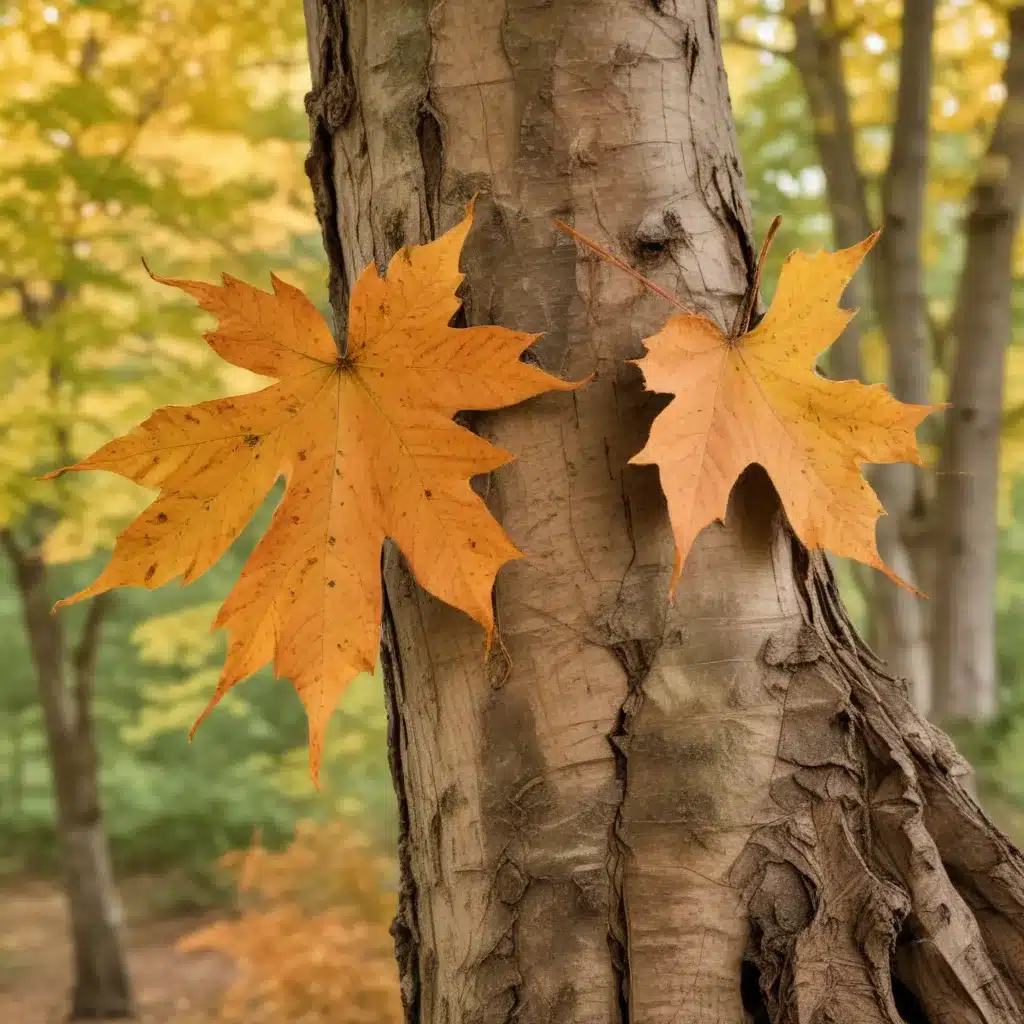
The sugar maple (Acer saccharum) is a captivating deciduous tree species renowned for its exceptional beauty, cultural significance, and myriad ecological benefits. As a member of the Aceraceae family, this iconic North American native has long captured the imagination of arborists, landscape designers, and nature enthusiasts alike. Delving into the remarkable traits of the sugar maple unveils a truly remarkable species deserving of deeper exploration.
Botanical Classification and Taxonomy
The sugar maple belongs to the genus Acer, which encompasses over 100 species of maples found predominantly in the Northern Hemisphere. Within this diverse genus, Acer saccharum is classified as a member of the Sapindaceae family, a larger taxonomic group that includes other notable trees such as the horse chestnut and the lychee. This species’ specific epithet, “saccharum,” refers to its renowned ability to produce the coveted maple syrup, a testament to its deep-rooted cultural and culinary significance.
Morphological Features
The sugar maple is characterized by its distinctive palmate leaves, which typically feature five lobes with sharply pointed tips and a smooth, glossy surface. The leaf’s serrated edges and vibrant green hue during the growing season transform into a breathtaking array of autumnal colors, ranging from brilliant yellows and oranges to deep, fiery reds. The tree’s bark, initially smooth and gray, develops a distinctive ridged and furrowed texture as the tree matures, adding visual interest and character to the landscape.
Ecological Preferences and Habitats
The sugar maple is a native species primarily found in the eastern regions of North America, with its natural range extending from southeastern Canada to the Appalachian Mountains in the United States. Thriving in well-drained, slightly acidic soils, the sugar maple prefers cooler climates and is often associated with mixed deciduous forests, where it coexists harmoniously with other tree species such as the American beech, yellow birch, and red oak. Its adaptability to a variety of environmental conditions has allowed the sugar maple to establish itself as a prominent component of many forest ecosystems.
Seasonal Changes and Adaptations
The sugar maple’s annual cycle is marked by a remarkable transformation, captivating observers with its vibrant autumnal foliage. As the days grow shorter and the temperatures cool, the tree’s leaves undergo a stunning metamorphosis, transitioning from verdant greens to a kaleidoscope of warm hues. This dramatic display is the result of the tree’s adaptive mechanisms, which regulate the breakdown of chlorophyll and the production of anthocyanins, pigments responsible for the vivid reds and purples. Beyond its visual splendor, the sugar maple’s seasonal changes play a crucial role in its ability to survive the harsh winter conditions, entering a state of dormancy to conserve energy and resources.
Cultural and Historical Significance
The sugar maple has long held a revered place in the cultural and historical tapestry of North America. The tree’s wood has been prized for its exceptional strength, durability, and distinctive grain patterns, making it a valuable resource for furniture-making, cabinetry, and musical instrument construction. Furthermore, the sugar maple’s sap has been tapped for centuries by Indigenous peoples and early European settlers, who developed the time-honored practice of maple sugaring, yielding the beloved maple syrup that has become an integral part of many culinary traditions. The sugar maple’s symbolic association with Canada, as depicted on the national flag, further underscores its enduring cultural significance.
Economic and Commercial Importance
The sugar maple’s versatility and desirability have made it a valuable economic resource, contributing significantly to various industries. As a premier hardwood, the tree’s timber is highly sought after for its strength, stability, and aesthetic appeal, finding widespread use in the furniture, flooring, and construction sectors. Additionally, the maple sugaring industry, centered around the extraction and processing of the tree’s sweet sap, generates substantial revenue and employment, particularly in regions where the sugar maple is prevalent. Beyond its commercial value, the sugar maple’s ornamental qualities and ability to thrive in urban and suburban landscapes have also made it a popular choice for landscaping and urban forestry initiatives.
Environmental Benefits and Conservation
The sugar maple’s ecological importance extends far beyond its commercial and cultural significance. As a long-lived, slow-growing species, the sugar maple plays a crucial role in sequestering carbon, contributing to the mitigation of climate change. Its expansive canopy and dense foliage also make it an excellent air purifier, effectively removing pollutants and enhancing air quality. Furthermore, the sugar maple provides valuable habitat and food sources for a diverse array of wildlife, including birds, small mammals, and invertebrates, thereby supporting biodiversity within its native ecosystems. Responsible forest management practices, coupled with conservation efforts, are essential to ensuring the continued health and resilience of this iconic tree species.
Maple Cultivars and Genetic Diversity
While the sugar maple is renowned for its captivating characteristics, the species also exhibits remarkable genetic diversity, giving rise to a variety of cultivars and selections. Selective breeding programs have produced cultivars with unique leaf shapes, growth habits, and fall color displays, catering to the diverse preferences of landscapers, horticulturists, and homeowners. Notable cultivars include the ‘Green Mountain,’ known for its consistent autumn foliage, and the ‘Legacy,’ prized for its exceptional drought tolerance. Preserving the genetic diversity of the sugar maple through conservation efforts and responsible propagation practices is crucial to safeguarding the species’ long-term resilience in the face of environmental challenges.
Exploring the multifaceted nature of the sugar maple unveils a truly remarkable tree species that has captured the imagination of people worldwide. From its striking visual appeal to its profound ecological and cultural significance, the sugar maple stands as a testament to the wonders of the natural world. By understanding and appreciating the distinctive characteristics of this iconic tree, we can better appreciate its value, advocate for its conservation, and ensure that the sugar maple continues to grace our landscapes for generations to come. For more information on the care and maintenance of the sugar maple and other tree species, visit TriCounty Tree Care.


